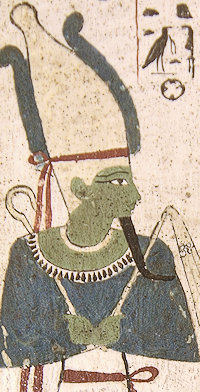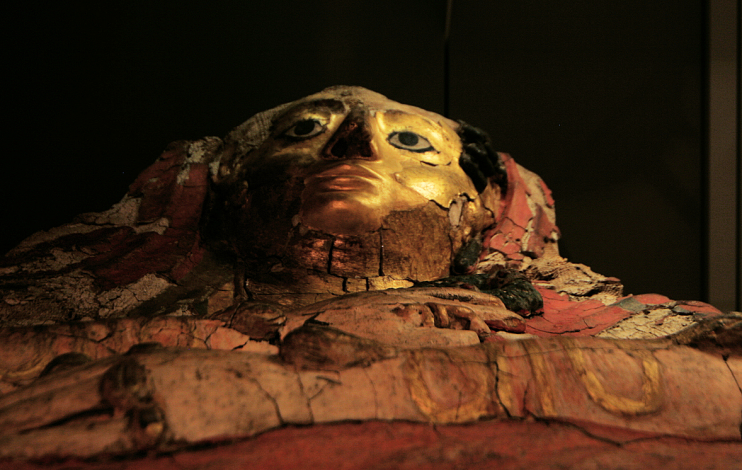Petrie Museum
Rehumanising the past
Petrie Museum, behind Gower Street, Bloomsbury

If you’re hunting the big beasts of Egyptian archaeology, the British Museum is the place to go. But for a more intimate encounter with relics of the realm of the pharaohs, seek out University College London’s Petrie Museum.
The museum was established as a teaching resource by Sir William Matthew Flinders Petrie – who was Willie to his parents and Flinders (his mother’s maiden name) to his friends and colleagues. Brought up in an austere Christian household in Charlton, south-east London, where he was home schooled, Petrie never went to university except for a part-time course in algebra and trigonometry when he was 24. His life’s passion is revealed in the title of one of his books: Ten Years’ Digging in Egypt, 1881–1891. That decade’s work excluded Sundays because he never travelled, surveyed or dug on the Sabbath.
Flinders Petrie excavated dozens of major sites in the course of his career, and the locals he hired as labourers nicknamed him ‘the father of pots’. But his interests extended far beyond ceramics. The museum’s collection encompasses ancient Egyptian footwear and clothing – including a dress from 5000 BC – mummies and coffin cases, jewellery, the earliest example of metal from Egypt and the oldest will written on papyrus.
Though Petrie amassed the requisite material, the museum would never have come into existence without the generosity of the successful writer and keen Egyptologist Amelia Edwards. On her death in 1892 she bequeathed her own collection of several hundred antiquities, together with money to fund the first chair in Britain for Egyptian Archaeology and Philology, with Petrie as the inaugural occupant of that chair. Edwards left her money to UCL as it was the only English university at the time to award degrees to women, and she named Petrie for the professorship because the pair had formed a respectful friendship when the snooty experts at the British Museum wanted nothing to do with her.
After Petrie retired from UCL in 1933 his successors continued to expand the museum’s collection and began to properly register every item – a task Petrie himself had never even attempted. It took 70 years to complete the catalogue, which is now available to search online. During the Second World War the exhibits were packed away for safekeeping and in the early 1950s they were put back on display in a former stable building – where they remain today, though the arrangement was at first intended to be only temporary.
The museum possesses about 80,600 objects (of which more than three-quarters were acquired by Petrie himself) illustrating life in the Nile valley from prehistory through the time of the pharaohs, the Ptolemaic, Roman and Coptic periods to the Islamic period. One tenth of the collection is on regular display, with cases of exhibits overflowing all the way down the back stairs to the fire exit. Any item not on display can be viewed by arrangement – and you don’t have to be an accredited academic to do so.
Artefacts like those in the Petrie Museum can no longer be acquired legally, so the collection has ceased to grow. However, the curators are still making enhancements, most recently with the creation of a multi-purpose space that hosts the museum’s programme of lectures, object-handling sessions, temporary exhibitions and music and film events. The new space also contains ‘augmented reality’ kiosks, in which visitors can ‘virtually’ take artefacts out of their display cases to inspect them up-close in 3D.

The Petrie Museum of Egyptian Archaeology, 1st floor, DMS Watson Building, Malet Place, WC1E 6BT
Phone: 020 7679 2884
Website: Petrie Museum
Open: Tuesday to Saturday 1pm–5pm, closed over the Christmas and Easter holidays.
Admission free. Young people over the age 11 can visit the museum unaccompanied. Group visits must be booked in advance, as must research visits outside normal opening times.
Nearest stations: Euston Square (Metropolitan, Hammersmith & City and Circle lines) and Goodge Street (Northern line)
NearbyGrant Museum
The title of this article is taken from a remark made by Professor Stephen Quirke, curator of the Petrie Museum: “The Petrie takes on one of the most important tasks for museums and universities today – rehumanising the past.”

